Using “refreshingly old” tools, mathematicians resolved a 50-year-old conjecture about how to categorize important functions called modular forms, with consequences for number theory and theoretical physics.
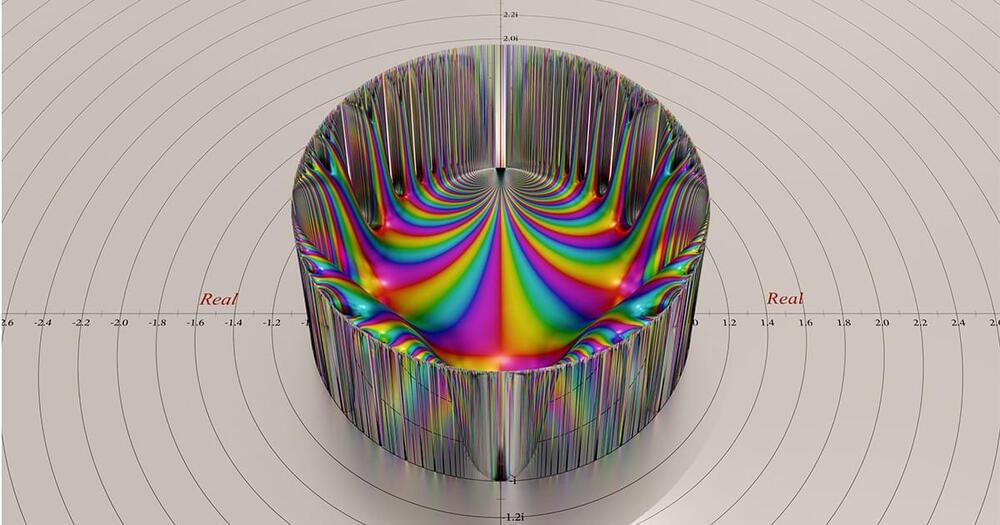

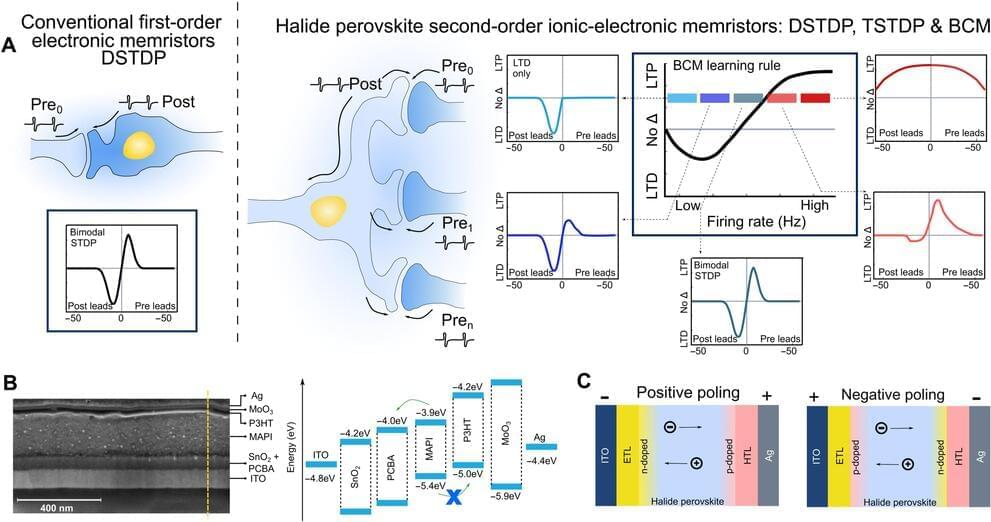
Researchers at Empa, ETH Zurich and the Politecnico di Milano are developing a new type of computer component that is more powerful and easier to manufacture than its predecessors. Inspired by the human brain, it is designed to process large amounts of data fast and in an energy-efficient way.
In many respects, the human brain is still superior to modern computers. Although most people can’t do math as fast as a computer, we can effortlessly process complex sensory information and learn from experiences, while a computer cannot—at least not yet. And, the brain does all this by consuming less than half as much energy as a laptop.
One of the reasons for the brain’s energy efficiency is its structure. The individual brain cells—the neurons and their connections, the synapses—can both store and process information. In computers, however, the memory is separate from the processor, and data must be transported back and forth between these two components. The speed of this transfer is limited, which can slow down the whole computer when working with large amounts of data.
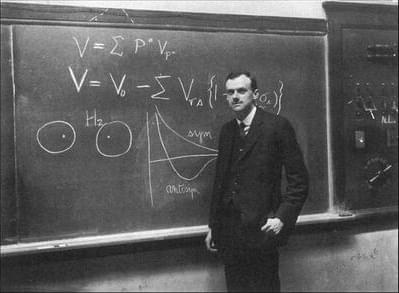
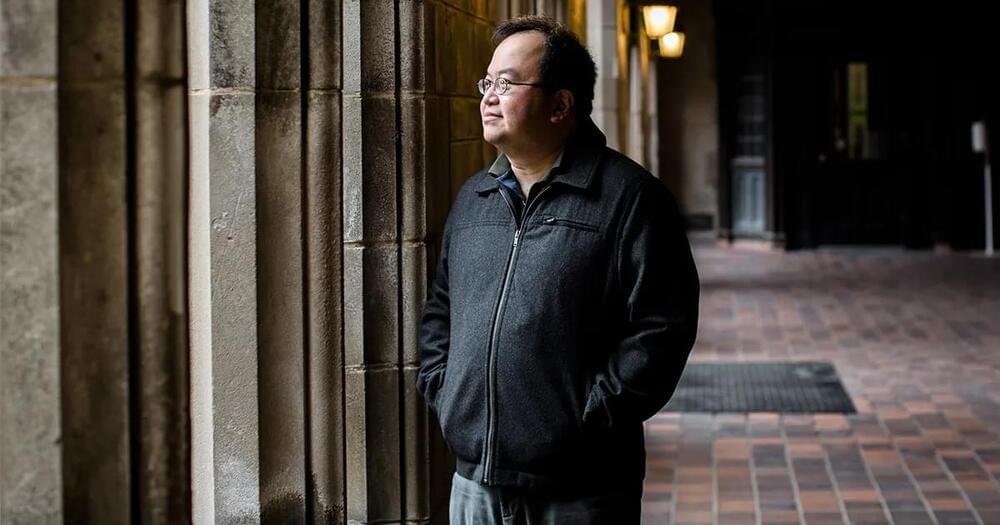
Two mathematicians from Australia and France have come up with a new, faster way to multiply extremely long numbers together.
In doing so, they have cracked an algorithmic puzzle that remained unsolved by some of the world’s best-known math minds, for almost fifty years.
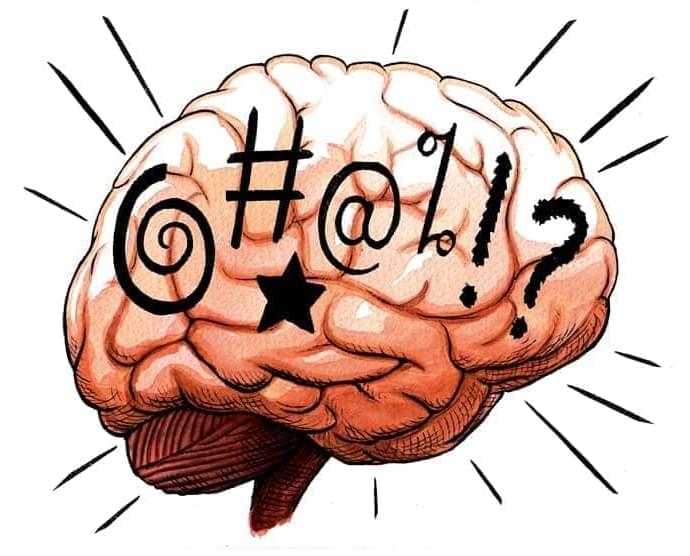
For fans of bioethical nightmares, it’s been a real stonker of a month. First, we had the suggestion that we use comatose women’s wombs to house surrogate pregnancies. Now, it appears we might have a snazzy idea for what to do with their brains, too: to turn them into hyper-efficient biological computers.
Lately, you see, techies have been worrying about the natural, physical limits of conventional, silicon-based computing. Recent developments in ‘machine learning’, in particular, have required exponentially greater amounts of energy – and corporations are concerned that further technological progress will soon become environmentally unsustainable. Thankfully, in a paper published this week, a team of American scientists pointed out something rather nifty: that the walnut-shaped, spongy computer in your skull doesn’t appear to be bound by anything like the same limitations – and that it might, therefore, provide us with something of a solution.
The human brain, the paper explains, is slower than machines at performing basic tasks (like mathematical sums), but much, much better at processing complex problems that involve limited, or ambiguous, data. Humans learn, that is, how to make smart decisions quickly, even when we only have small fragments of information to go on, in a way that computers simply can’t. For anything more sophisticated than arithmetic, sponge beats silicon by a mile.



A Case Western Reserve University doctoral student uses new mathematics to discover shrinking and chunky features of Devonian Period animals, including Cleveland’s prehistoric sea monster. Read the article to learn more.